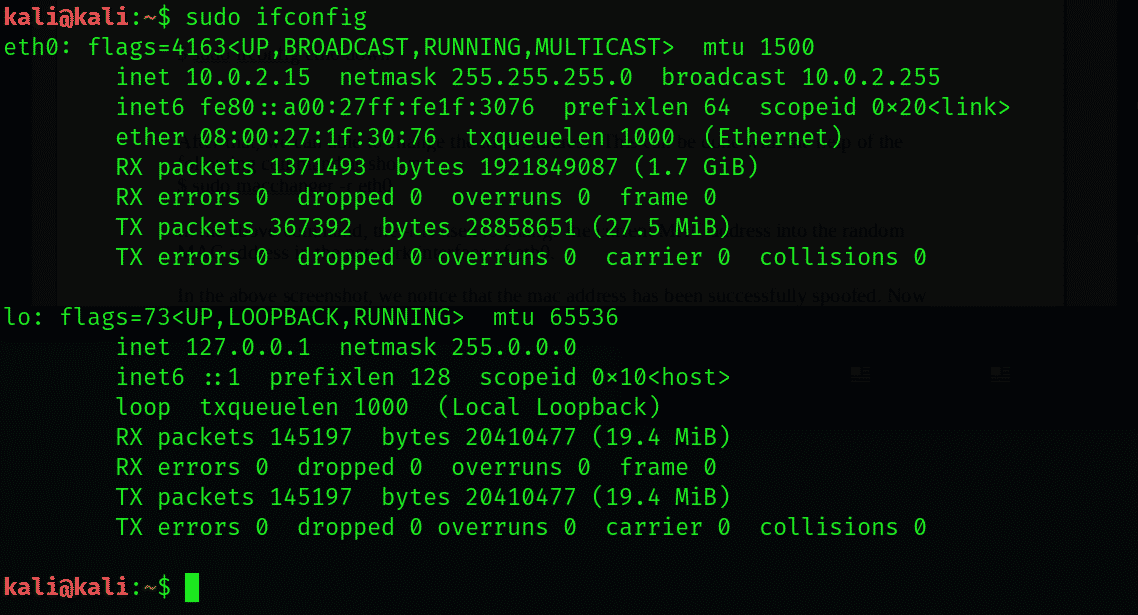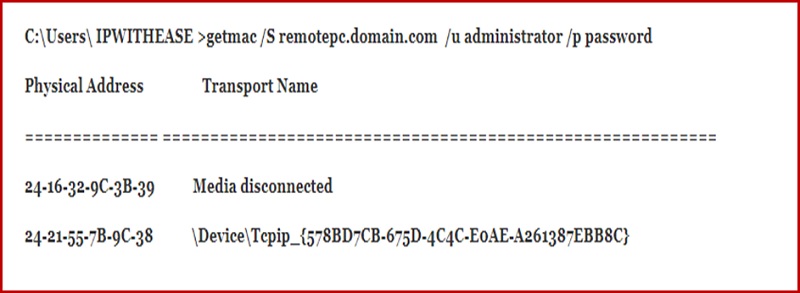

If your computer has multiple network adapters (for example, an Ethernet adapter and a wireless adapter), each adapter has its own MAC address. Follow the steps for the operating system that you use.Įxample of a MAC address: 00:00:00:a1:2b:ccĮvery device connected to your home network has a unique MAC address. Both active and inactive network interfaces are listed, in the order that they are used by the OS and with a lot of details (MAC-address, interface name, router, subnet mask etc.).Follow these instructions to find your computer or mobile device’s media access control address (MAC address). Applications/Server.app/Contents/ServerRoot/usr/libexec/afctl -w 10.10.10.2įinally, the script network_info.sh shows information about a Macs network configuration. View how the Server app interprets your network settings:

Make an alias for looking at what has a listener open, called ports:Īlias ports='lsof -n -i4TCP | grep LISTEN' What binaries have what ports and in what states are those ports: Tcpdump -qns 0 -A -r /var/tmp/capture.pcap Read tcpdump (cap) files and try to make them human readable: Setup a network listener on port 2196 for testing:Ĭapture all the packets for a given port going to a given destination of 10.0.0.48:Ĭapture the packets as above but dump to a pcap file: usr/bin/nc -v -w 15 2195Įstablish a network connection with only allowing ipv4 Scan port 80 of /System/Library/CoreServices/Applications/Network\ Utility.app/Contents/Resources/stroke 80 80Įstablish a network connection with nc -v 80Įstablish a network connection with over port 2195 View network information as it happens (requires ntop to be installed): View the statistics for a specific network protocol: Trace the routes without looking up names: System/Library/PrivateFrameworks/amework/Versions/A/Resources/airport -s

System/Library/PrivateFrameworks/amework/Versions/A/Resources/airport -I Get information about the airport connection on your system: Ping the hostname 5 times and then stop the ping:Ĭustomize the source IP during your ping: Launchctl load -w /System/Library/LaunchDaemons/ Launchctl unload -w /System/Library/LaunchDaemons/ Socketfilterfw -t “/Applications/FileMaker Pro/FileMaker Pro.app/Contents/MacOS/FileMaker Pro”Īdd a route so that traffic for 10.0.0.0/32 communicates over the 10.0.9.2 network interface: Launchctl load /System/Library/LaunchDaemons/.plist launchctl load /System/Library/LaunchAgents/.plistĪllow an app to communicate outside the system through the application layer firewall: Launchctl unload /System/Library/LaunchAgents/.plist launchctl unload /System/Library/LaunchDaemons/.plist Obtain the dns servers used on the Wi-Fi interface: Networksetup -setmanual Wi-Fi 10.0.0.2 255.255.255.0 10.0.0.1Ĭonfigure the dns servers for a given network interface:

Ipconfig set en1 BOOTP & ipconfig set en1 DHCPĮcho "add State:/Network/Interface/en0/RefreshConfiguration temporary" | sudo scutil Set the interface called Wi-Fi to obtain it if it isn’t already Networksetup -ordernetworkservices “Wi-Fi” “USB Ethernet” Networksetup -setnetworkserviceenabled offĬhange the order of your network services: Networksetup -renamenetworkservice Ethernet Wired Rename the network service called Ethernet to the word Wired: List all of the network interfaces on the system: Switch the active location to a location called Work, but also show the GUID of that location so we can make scripties with it laters: Switch the active location to a location called Work: Networksetup -createlocation Work populate Obtain the active location the system is using:Ĭreate a network location called Work and populate it with information from the active network connection: Show a list of locations on the computer: Get information about how en0 got its dhcp on: Ipconfig getoption en0 domain_name_server Same thing, but setting and echoing a variable: After writing up the presentation for MacSysAdmin in Sweden, I decided to go ahead and throw these into a quick cheat sheet for anyone who’d like to have them all in one place.


 0 kommentar(er)
0 kommentar(er)
